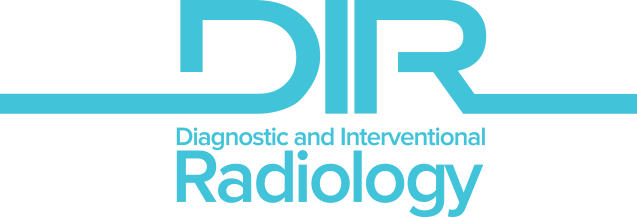ABSTRACT
PURPOSE
To perform an audit of our routine mammographic practice and to compare our results to performance benchmarks.
MATERIALS AND METHODS
We analyzed the outcomes of 7,506 consecutive examinations performed in 1 year. Screening and diagnostic cases were evaluated separately and mammographic assessments were based on the Breast Imaging Reporting and Data System (BI-RADS) classification.
RESULTS
In 6,858 (91%) screening and 648 (9%) diagnostic cases, outcomes varied substantially. The recall rate was 10.9%. Estimated sensitivity and specificity were similar (100% vs. 98% and 88% vs. 94%) in the screening and diagnostic groups. Positive predictive values (PPV1, PPV2, and PPV3) were higher in the diagnostic group compared to the screening group (64%, 65%, and 68% vs. 4.9%, 33%, and 39%, respectively). Cancer outcomes in the screening and diagnostic groups were, respectively, as follows: cancer detection rate, 6.1‰ vs. 86.4‰; mean invasive cancer size, 15.7 mm vs. 24.5 mm; minimal cancers, 38% vs. 19%; stage 0–1 cancers, 50% vs. 21%; and lymph node negativity, 76% vs. 29%.
CONCLUSION
The measures of our screening outcomes were concordant with the literature and the performance benchmarks for screening mammography; however, in our diagnostic group, the reasons for the higher PPV, higher cancer detection rate, and the diagnosis of cancer in a more advanced stage compared to the performance benchmarks should be investigated with more detailed periodic audits.



